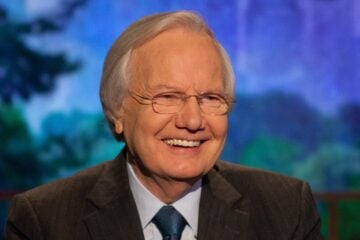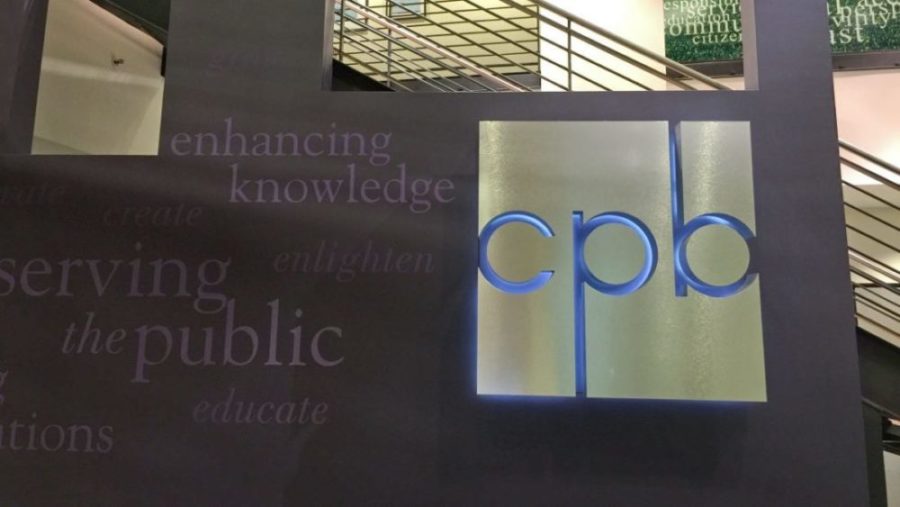How public radio can meet the needs of today’s audiences
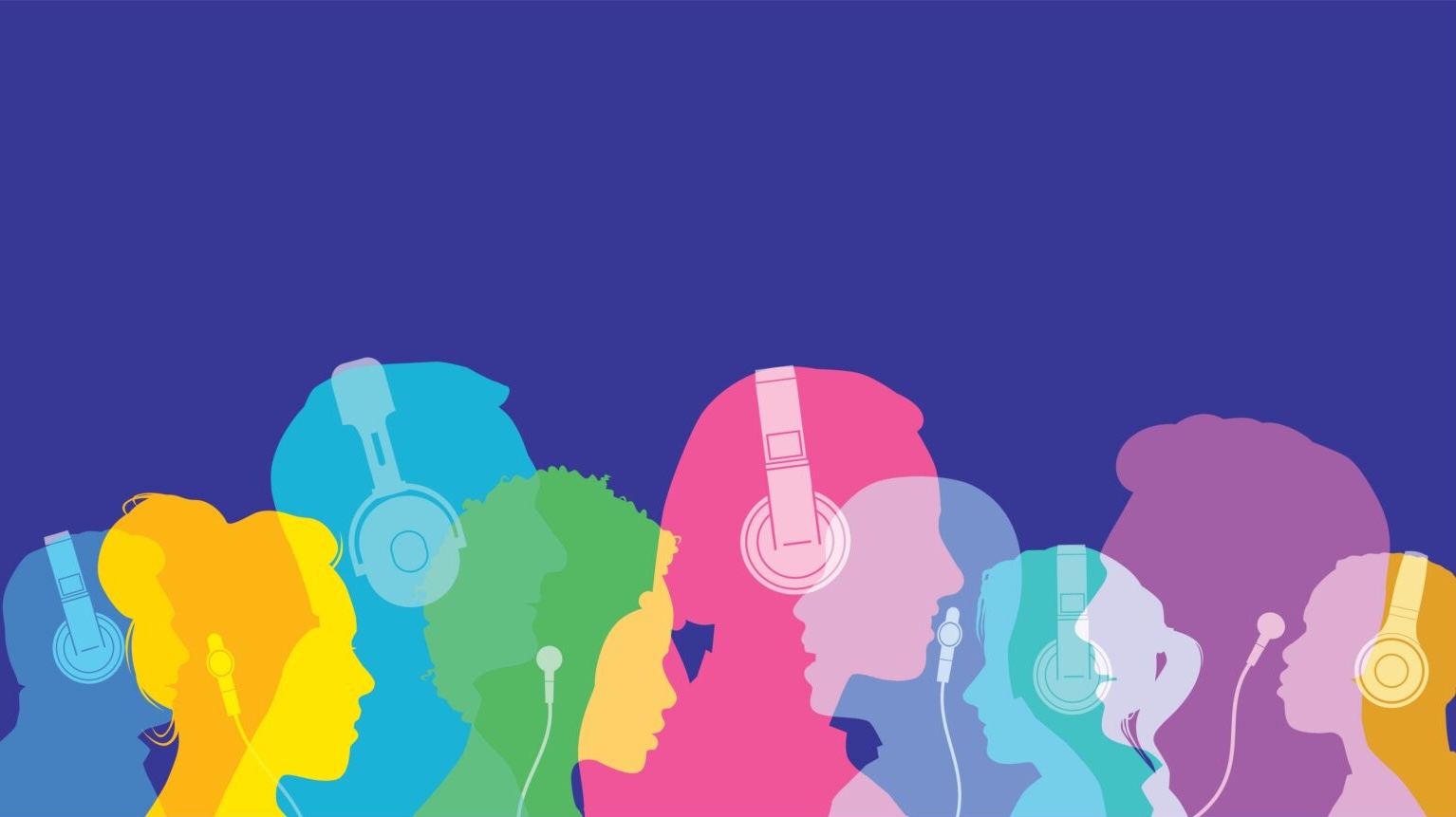
Kevin Smart / iStock
When I was a station manager, I had a set of questions I would ask staff who proposed an idea for a project. The first was the most important: “What is the need that this project is trying to meet?”
Our audiences have seemingly unlimited choices for content today, and the services we offer may no longer have the most value for people who can get whatever content they want whenever they want it.
Public radio understands its own needs and the needs of a devoted following of members. But when it comes to broader community needs, it takes time, effort and research to get the full picture. Fortunately, Public Media Content Collective and our partners at Station Resource Group, Greater Public and City Square Associates worked together to do the research on your behalf.
Last fall, we conducted one of the largest audience studies ever done in public media, “Researching Unmet Needs.” Our goal was to understand the gaps in people’s media diets that public radio is uniquely positioned to fill. For the national survey, we recruited a panel from the general population to better understand the needs of potential audiences — not just those who were already listening.
RUN took a multi-tiered approach to gathering information and testing concepts. It included a general population survey of 10,000 people, oversampling 19 states, local responses from stations that sent the survey (some with custom questions) to their own databases and a series of focus groups — all of which yielded responses from more than 30,000 people. The scope alone is impressive, but the results are what will drive our sector to action. Here are a few of my own high-level observations.
Misperceptions about ‘public radio’
The most striking finding from this study for me is the general population’s low awareness of public radio. Professionals in our industry talk as if everyone knows who we are, what we do and why we’re important. However, 70% of respondents couldn’t name a local public radio station, even when prompted with a detailed description of their programming and services. Of the 30% who said, “Yes, they include …,” only 8% had a correct guess. For most Americans, the term “public radio” refers to anything that is publicly accessible on the FM or AM radio dials. I heard this loud and clear from participants in focus groups.
We assume that people generally equate the term “public radio” with a set of core values that are different from our commercial counterparts. Even so, public radio succeeded at using the medium to reach the target audiences we believed would sustain us — and that resulted in audience and revenue growth for decades. As long as our target audiences remained loyal and continued to support us, public radio hasn’t needed to explain to the broader public who we are and why we’re different. This has created a closed communication loop with current audiences, a private club where we speak in a language that people who aren’t members can’t understand. When we talk about things like our “public service,” people who aren’t in the club think of trash pickup and public transportation.
If public radio hopes to succeed at broadening its appeal and building relationships with new audiences, we must learn how to talk to people who aren’t already part of the private club.
Shortage of trust and hope
We’ve been through a lot of chaos as a country over the last decade. We’ve experienced a global pandemic, tumultuous political campaigns and economic uncertainty. Geopolitical unrest continues to ripple through our culture. Due to the rampant spread of fake news and misinformation, trust in institutions and information ecosystems has eroded. As a result, people are feeling disconnected, despondent and unable to do anything about the things they are most concerned about. What they need from their media sources is different today than what they needed just a few years ago.
Results from the RUN study helped clarify what people want from their news sources. It is highly important to them that news is trustworthy and well-researched, and that it sheds light on good things happening in the world. They also told us that news media that align with these characteristics are difficult to find in abundance.
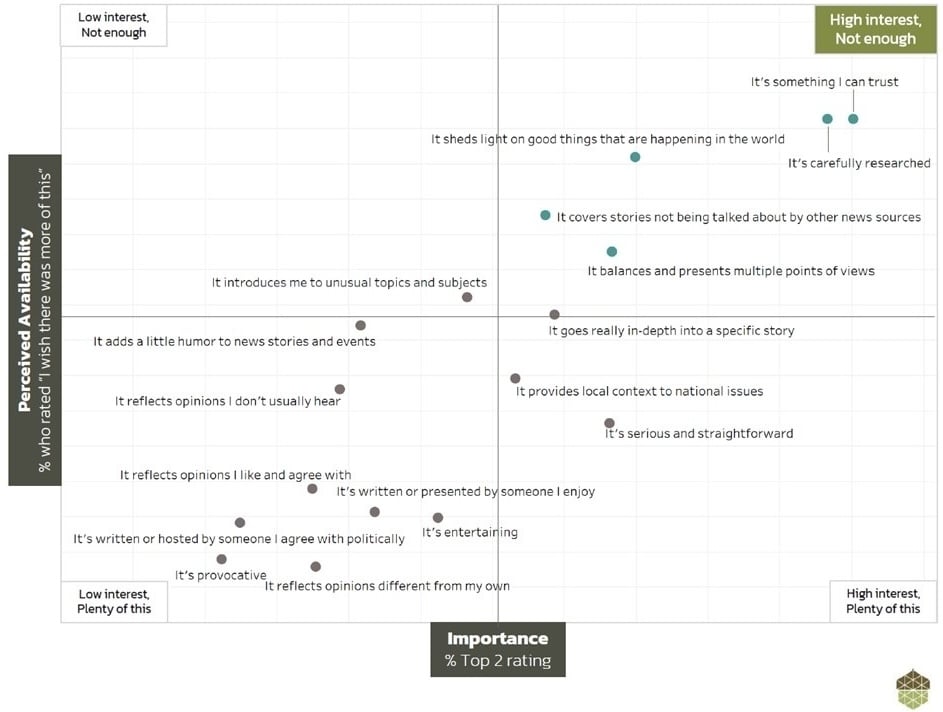
Over the last year, public radio news producers and station leaders have talked about bringing moments of joy and levity into our programming to alleviate what we perceive as news fatigue. In my opinion, that approach is applying tissue to a severed limb and hoping the bleeding stops.
When RUN respondents go looking for news and information, they seek out things that make them feel hopeful and help them improve themselves. They told researchers that they wish that more of this kind of news was available to them. People may not be able to fix the war in Ukraine or broker peace in Israel, but they can make a difference in their own lives and in their own communities.
Search for local connections
Data points in just about every section of the RUN study indicate a great unmet need for information, events and content that connects people to their local communities. When news audiences go looking for specific topics, things happening in their city, town or neighborhood consistently rank the highest in terms of interest and lack of availability. That sentiment resonates across all 19 markets that were oversampled. Coverage about politics and government, technology and economy, and finance is important to people but also available in many places.
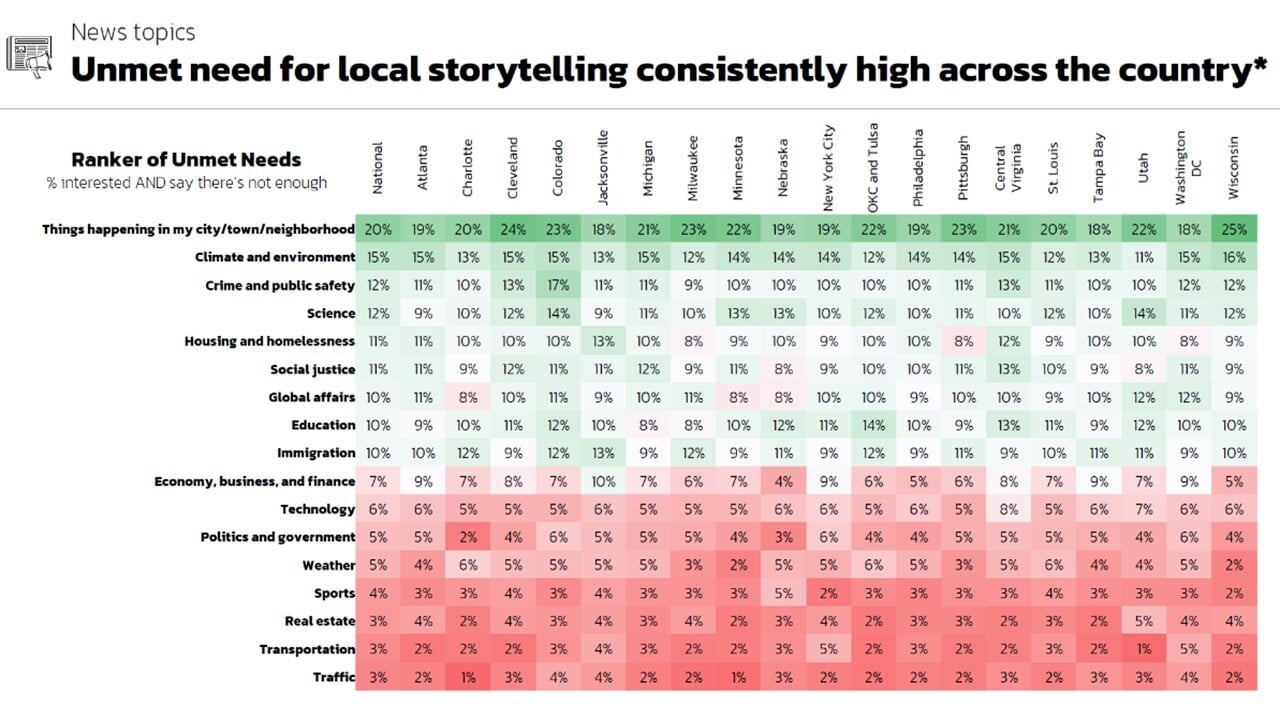
This becomes even more important through the lens of respondents’ desires for trusted information. It’s very difficult to mistrust members of your local media when they are part of your community and when you are accessible and transparent with people about who you are and how you do your job. Building local connections goes well beyond more 3 ½-minute local stories embedded into a national newsmagazine or a local music show on Sunday nights. Making local connections means being visible in the community on a consistent basis, not just when there’s a big story or major festival. It requires being genuinely open to hearing feedback from people who don’t already love you.
Unmet needs for local connection are also a key RUN finding for music audiences. When asked to rank how interested they are in specific kinds of music offerings, and how available those offerings are, their top choices are related to local event listings, festivals and shows. In focus groups with music audiences, participants talked about how easy it is for them to create their own playlists based on their needs in the moment. One participant told us that broadcast radio is his last resort when his kids can’t agree on their music choices for their morning ride to school. Another participant told us she chooses her music based on the kind of day she’s going to have. An easy day at work means she may listen to country music, but a challenging day calls for gospel.
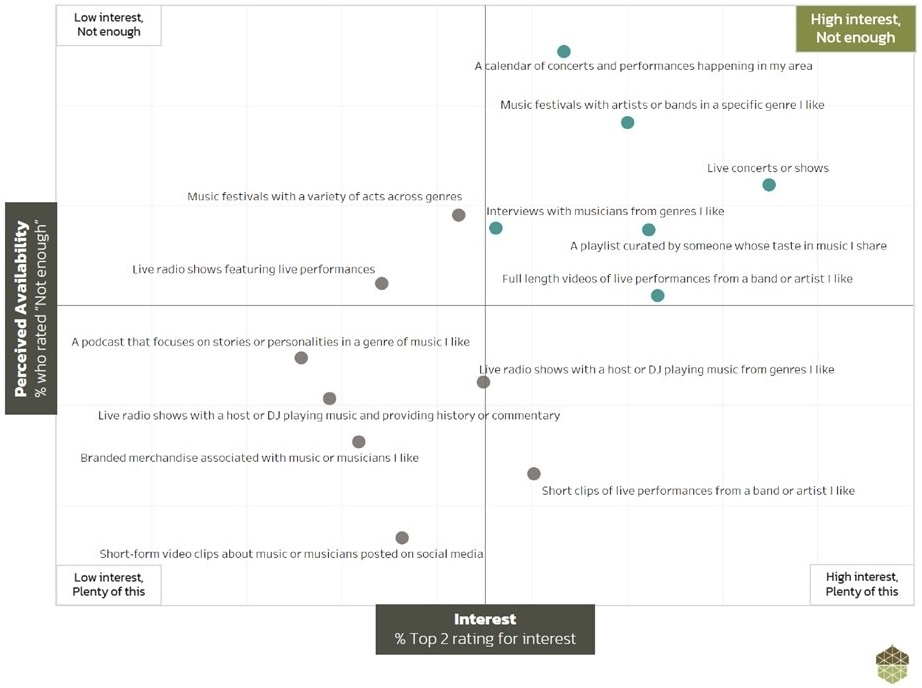
Music is ubiquitous in today’s media landscape. A carefully curated four-hour playlist with a DJ offering expert commentary that must be consumed in a live, linear fashion isn’t as important to music fans as it once was. Focus group participants talked about their desires to experience live music in intimate and unusual settings, and being in fellowship with other music fans who share their passion. In some places, public radio music stations are the only outlets for local musicians, performers and composers to reach new audiences. Based on the lack of awareness of our stations and brands, people don’t know that the very thing they want most is right there under their noses.
With a study of this scope and size, it’s a lot of fun to dig into the data and see how different audience segments in different locations respond to specific questions. For me, the real value is in stepping back from each data point to see how they are interrelated. Like a Georges Seurat painting, all the tiny data points add shade and color to the bigger picture, which shows us what people truly want and need in their media diets.
People seem to be starving for the types of connection, activities and content that public radio provides, but they don’t know where to find it. It’s time we introduced ourselves to the rest of our community.
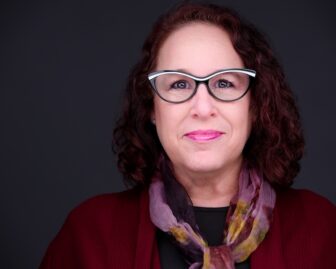
You can find a wealth of information about RUN, including slide decks, webinar recordings, an executive summary and access to the national survey data dashboard, at PMCC’s website.
Abby Goldstein is president and executive director of Public Media Content Collective, a position she has held since 2019. PMCC is a membership association that helps content leaders and managers understand, serve and grow audiences. Her four decades of experience in public radio include programming leadership roles at KERA in Dallas and New Hampshire Public Radio as well as leading WYEP in Pittsburgh to unprecedented audience and revenue growth as GM. Goldstein is a frequent conference speaker and moderator, and has served on many local and national boards.
Karen Everhart is managing editor and interim executive director of Current, supervising the editorial and business teams, freelance contributors, designers and student interns. As a reporter and senior editor over two decades, she covered every major beat — public TV, CPB, public radio and the evolution of public media's digital service strategies. After her promotion to managing editor in 2012, she helped lead Current's transition to digital-first publishing. Karen was appointed interim E.D. in April 2025.
New documentary feature will examine life and work of Bill Moyers
December 11, 2025Downsizing at KYUK in Bethel will eliminate nine jobs
December 4, 2025CPB extends support for Mountain West News Bureau
November 26, 2025


